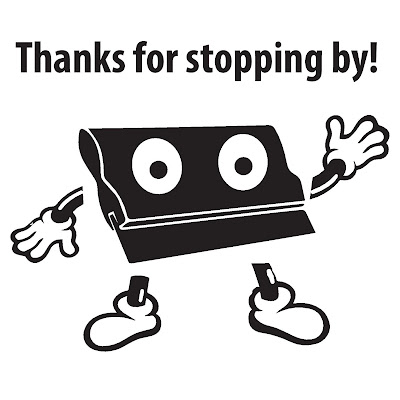This post will focus on graphic designers. Graphic designers
understand that sometimes in order to get the job done on time, you might have
to take the job home and stay up until the project gets done. This is true for
any design job no matter if it’s a design going into a newspaper, magazine or
even screen printing!
Here are tasty, yet healthy snacks that will keep the
creative juices of a graphic designer flowing and help him/her stay awake when
pulling an all-nighter. Did I also mention that these snacks are also keyboard
friendly? meaning that they won’t cause too much of a mess while you eat them!
Protein and fiber! While it is unlikely that you would crave a steak or a
piece of grilled chicken in the middle of the night, other sources of protein
such as nuts and seeds will provide you with sustained energy to stay awake. You
may opt to avoid almonds, though, as they contain tryptophan and magnesium,
which naturally reduce muscle function and steady the heart rate, causing some
people to feel slightly sleepy. Here are some snack recipes to try!
Bananas
and apples! While whole fruits can provide some natural sugars to increase your
energy levels, dried fruits, fruit snacks and fruit juices are not equal
substitutes because of their excessively high levels of sugar. In other words,
everything in moderation, but especially sugar. The dried fruits and
fruit-flavored snacks and juices can induce a crash after the initial buzz that
will easily have you dozing off in your chair. It may be wise to avoid cherries
because they contain a hormone that regulates the sleep cycle. You can eat
these whole or you can come up with creative ways of making these healthy fruits
and converting them to snacks! Here are some of my favorite recipes:
The everyday coffee drinker should opt for an espresso drink
during an all-nighter, instead of plain coffee, for a stronger-lasting effect. Although caffeine seems
like the obvious solution to making it through the night, there are some specific
tips to keep in mind for getting the best effect from your caffeinated drink.
If you are normally a heavy coffee drinker, try cutting back on coffee in
preparation for an all-nighter, because the body tends to develop a tolerance
to its effect.
If
you normally don't drink coffee like me, you might opt for black tea during
your all-nighter instead, since it has lower levels of caffeine than coffee, so
you can avoid getting jittery.
If you want to make really good black tea here is a good recipe:
Water!
Interestingly, drinking two to three glasses of ice water each hour can be as
effective for staying awake as a caffeinated beverage. The key is that
dehydration causes grogginess that leaves you unable to focus and is also the
source of most headaches; water is simply the best strategy to avoid these
issues. The cold temperature of the water will also keep you alert if you take
small sips throughout the night.
Peanut
butter jelly sandwich! Grains are a good source of energy. When you eat
carbohydrates, your body converts them into energy. Whole grains break down
slowly, so they provide a steady source of energy. This is all about the taste.
Having something sweet that has a lot of flavor, like jelly and peanut butter,
which is still healthy can help you stay awake. Just make sure bread crumbs
don’t fall on your keyboard as you work!
I
have tried most of these and I can personally say that they have helped me stay
awake at 1am in the morning working on school related projects. Give some of
these a try and make sure you explore some new ones! You never know, making
some of these snacks might also help you with your creative process while you
are still working on that homework.
What
are some of your favorite snacks? Comment bellow and let me know!



















